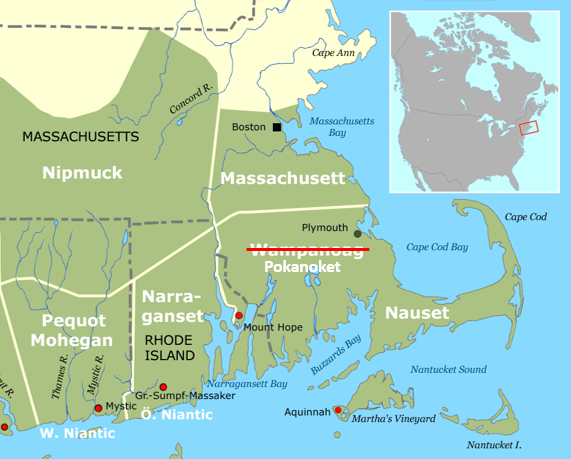Roger Williams arrives in the Massachusetts Bay Colony and begins advocating for religious freedom.
22 minutes | 1631 - 1632
Hear About:
📜How Roger Williams' relationship drastically changed with the Puritan leaders of Massachusetts
📜Roger Williams' initial fight for religious freedom
📜Roger Williams' relationship with the Pokanoket and Narragansett Nations
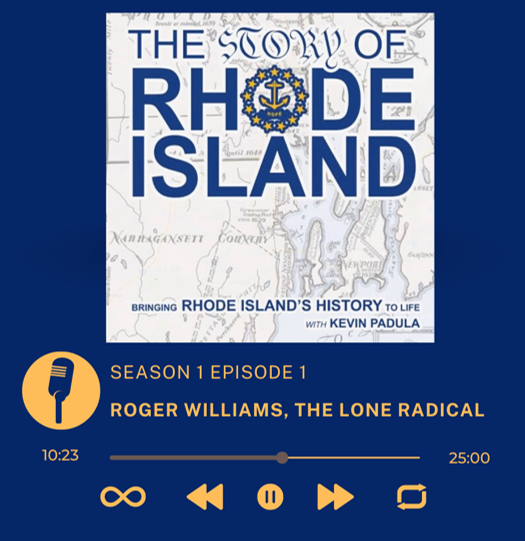
Roger Williams
John Winthrop
The Governor of the Massachusetts Bay Colony and a devoted member of the Puritan movement. He's vowed that Massachusetts will be a "city upon a hill", a colony that perfectly exemplifies what it means to be a Christian nation.
Picture source: Frédéric, wiki creative commons
Ousamequin
Sachem, or Massasoit, of the Pokanoket Nation. Their people ruled over about 60 sub-tribes and their territory encompassed most of present-day eastern Rhode Island and southeastern Massachusetts.
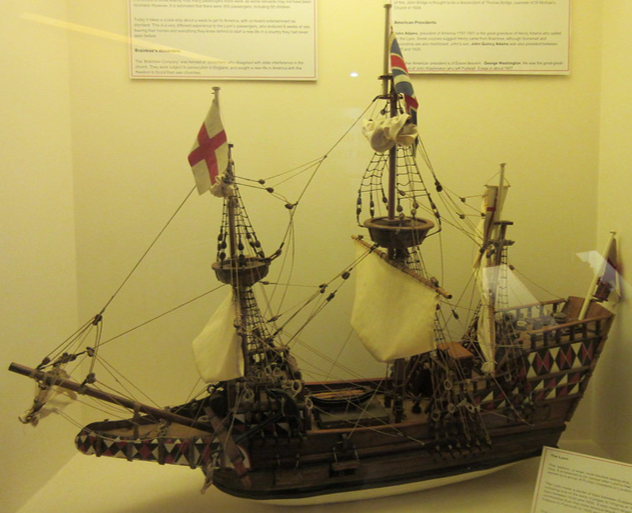
The Lyon
The Lyon made four voyages from England to New England in the early 1630s. On one of those voyages was a young, radical minister who would change the way people thought about religious freedom in the western world.
Picture source: CarolFollow, The Lyon IMG_1701, 2015, flickr
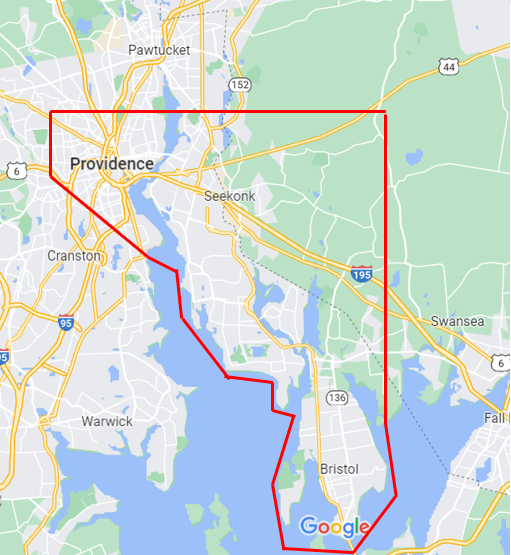
Sowams
In the early 1600s, the land within the red lines was known as Sowams. Everything to the east of Providence was ruled by the Pokanoket Nation, bitter rivals of the powerful Narragansett Nation to the west. It was on this land where Roger Williams developed his friendship with the Pokanoket's Sachem, Ousamequin.
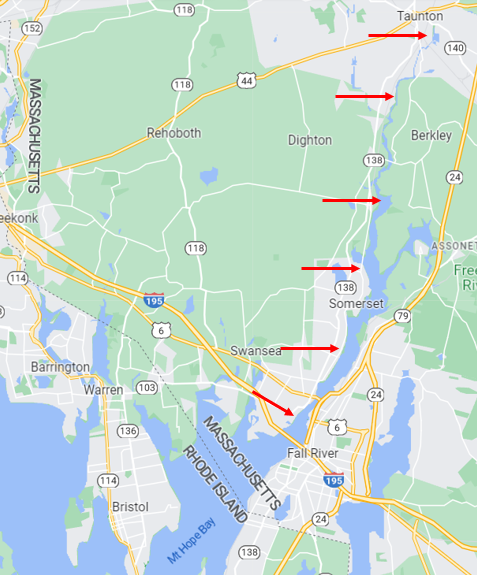
Taunton (aka Titicut) River
Tribes of the Pokanoket Nation used the Taunton River, or what they called the Titicut River, as a major highway for travel and trade. Their primary mode of transportation was via a birch canoe or a dugout log. Roger Williams also used a canoe to travel throughout southern New England.
This picture of New England shows how the land was divided between the tribes of southern New England before the arrival of Europeans. The Pokanokets are sometimes incorrectly referred to as the Wampanoags, a name they only used after King Philip's War when it became illegal for somebody to say they were part of the Pokanoket Nation.
While living in Massachusetts, Roger Williams was extremely conservative when it came to his religious views. Williams had no problem with people creating their own Churches but he would only minister at Churches that he believed were a true Christian Church. Before anyone could be accepted into the Church they had to prove to the congregation that they were a "truly saved" individual. In fact, his obsession with a pure church is partially where his radical belief in religious freedom originated from. He believed that the Church was a sacred garden that had to be protected from man-made institutions, such as the state, as they were tainted by human sin.
- Roger Williams and the Creation of the American Soul: Church, State, and the Birth of Liberty by John M. Barry
- God, War, and Providence: The Epic Struggle of Roger Williams and the Narragansett Indians Against the Puritans of New England by James A. Warren
- Mayflower: Voyage, Community, War by Nathaniel Philbrick
- Rhode Island's Founders: From Settlement to Statehood by Patrick T. Conley
- The Puritan Dilemma: The Story of John Winthrop by Edmund Morgan
- Changes in the Land: Indians, Colonists, and the Ecology of New England by William Cronon
- Manitou and Providence: Indians, Europeans, and the Making of New England, 1500-1643 by Neal Salisbury
- The Gentle Radical: A biography of Roger Williams by Cyclone Covey
- Roger Williams: The Church and the State by Edmund Morgan
- A History of the Narragansett Tribe of Rhode Island by Robert A. Geake
- Rhode Island: A History by William G. McLoughlin
- Roger Williams: A Rhode Island and American Founder by Alan E. Johnson
- Chapter 2 - History of Native Tribes in the Fall River Area by Green Futures
